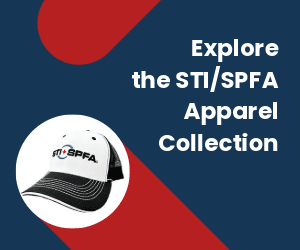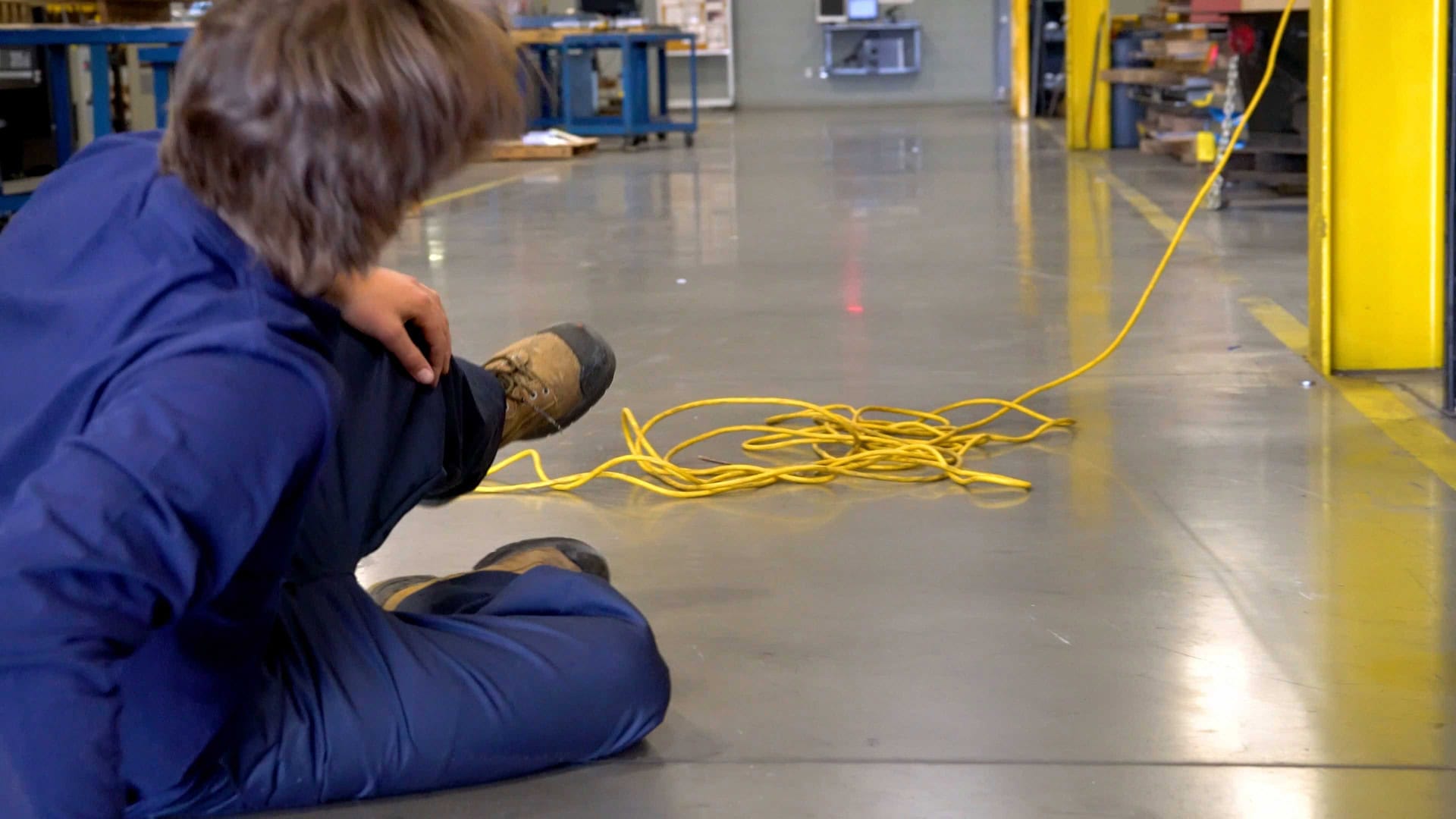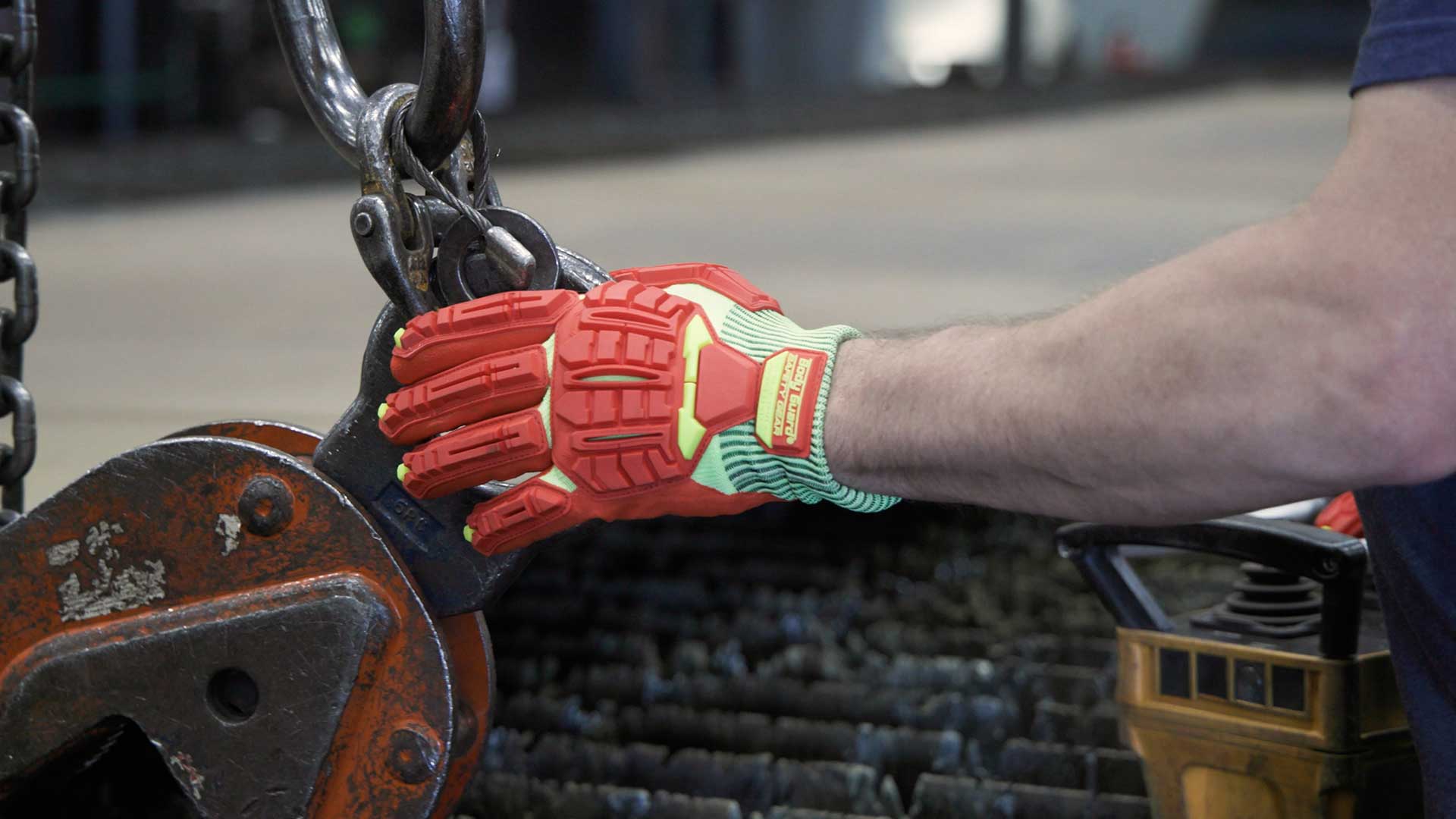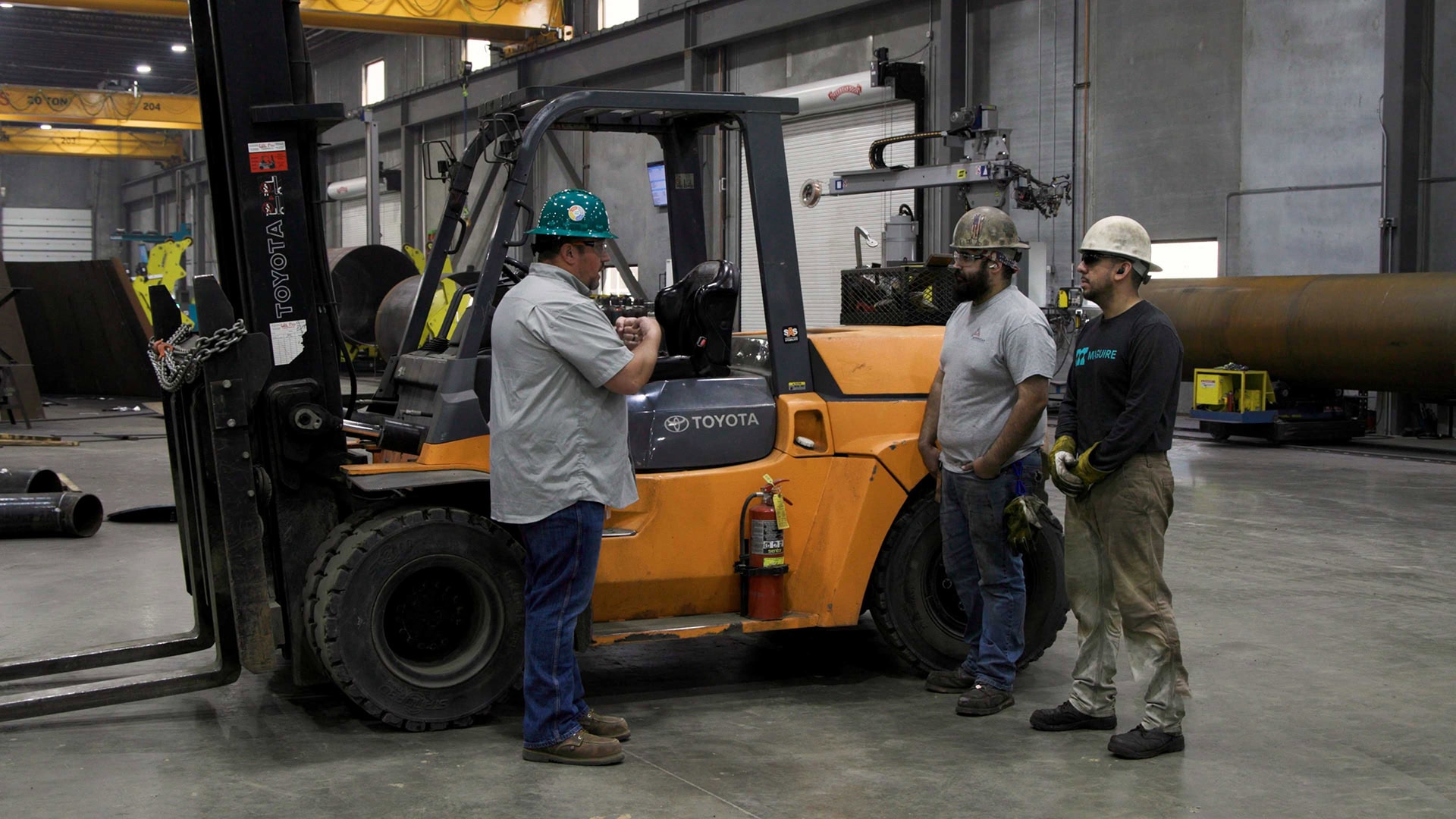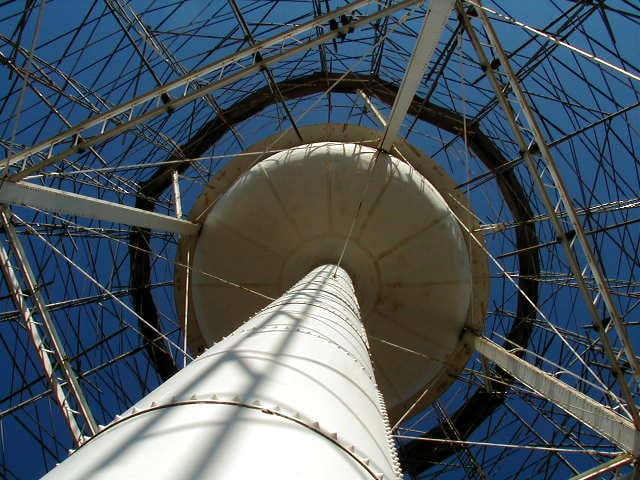As a member of the American National Standards Institute (ANSI) Z117.1 Committee on Confined Space, STI/SPFA subscribes to the document contents for construction of storage tanks.
A confined space is defined as an enclosed area that is large enough and so configured that an employee can bodily enter and has the following characteristics:
- Its primary function is something other than human occupancy, and
- Has restricted entry and (Restricted entry and exit is a physical configuration, which requires the use of the hands or contortion of the body to enter into or exit from a confined space.)
ANSI recognizes in the Explanatory Information section that tanks and other structures under construction may not be considered confined spaces until completely closed.
STI/SPFA and ANSI recognize Z117.1 as a performance standard. This means conformance is based on a hazard analysis, as opposed to a strict definition interpretation.
STI/SPFA member companies perform work on structures that may meet the definition of a confined space, but which after evaluation, is found to have little potential for generation of hazards, or has the hazards eliminated by engineering controls. In other words, a tank, vessel, etc., may be enclosed, but because it is new construction or it is cleaned, gas-freed, and isolated from any potential contaminant other than that generated by the STI/SPFA member company, is considered a non-permit confined space.
Once welding, flame cutting, etc., are performed in this non-permit confined space, the hazard may be removed by ventilation and/or monitored by atmospheric testing. Note that atmospheric testing may be waived for non-permit confined spaces where it has been established through a formal hazard identification and evaluation study that no atmospheric hazards exist. A non-permit confined space does not require an attendant, or additional safeguards.
Please refer to ANSI Z117.1.
